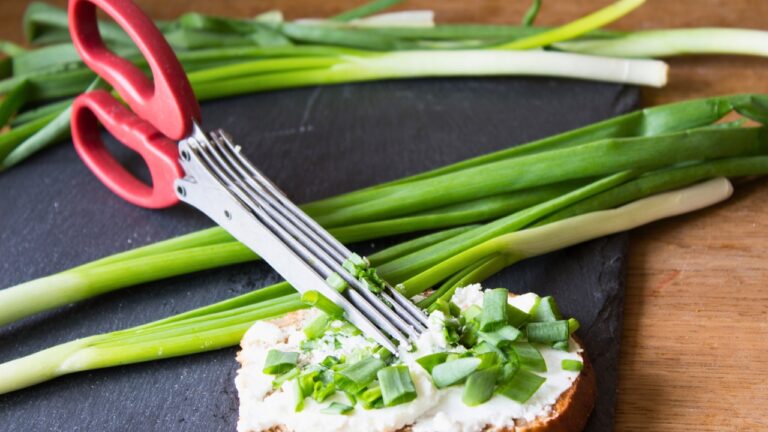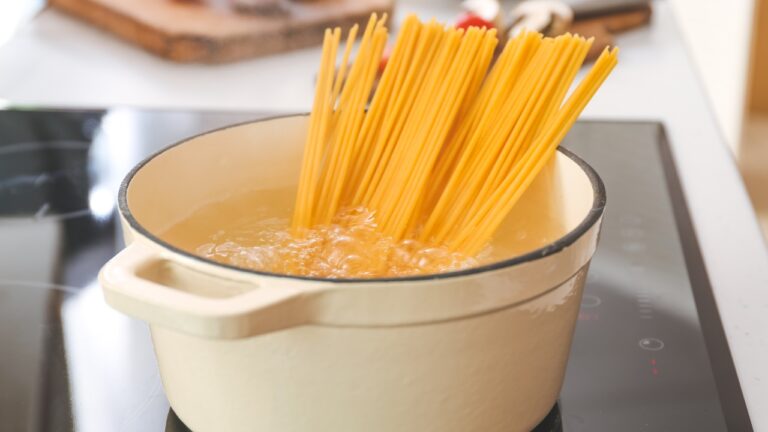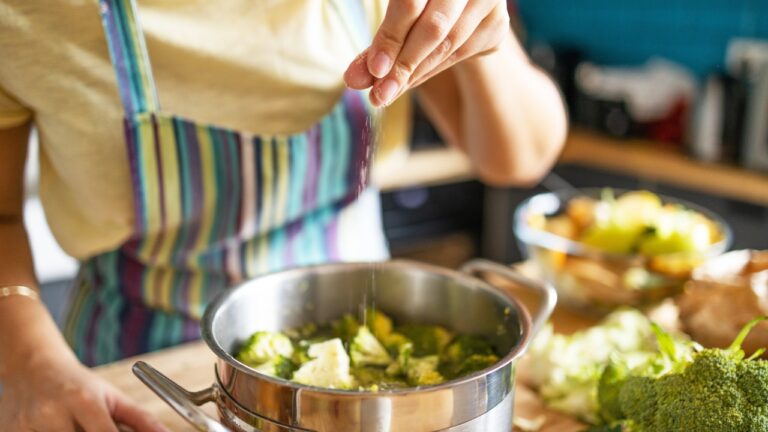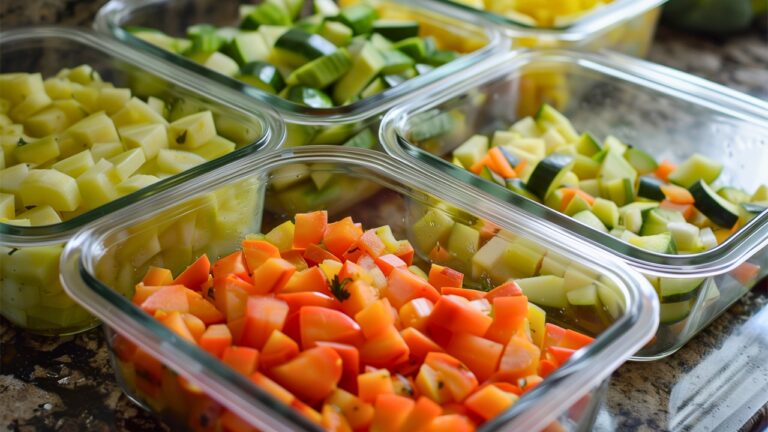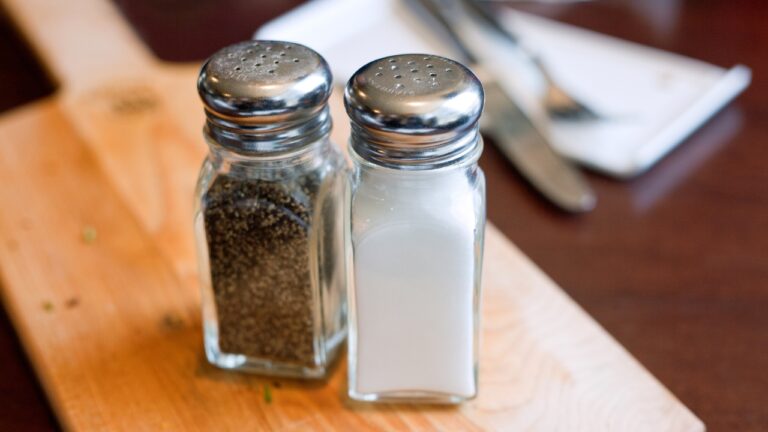4 Things I’ve Learned You Shouldn’t Cook in a Cast Iron Skillet
Cast iron skillets are a Southern kitchen staple, and for a good reason—they’re tough as nails and can handle just about anything. But even these heavy-duty pans have their limits. I’ve spent plenty of time figuring out what works and what doesn’t in cast iron, and trust me, there are a few things I’ll never try again. Let me save you some trouble with these four things to steer clear of when cooking with your cast iron.
Acidic Foods
I’ll admit, I’ve simmered tomato sauce in my cast iron before, thinking, “What’s the worst that could happen?” Spoiler: it wasn’t great. Acidic foods, like tomatoes or wine-based sauces, can mess with your skillet’s seasoning if they hang out too long. That metallic tang in your marinara? Yep, learned that lesson the hard way.
The trick is to keep it short and sweet. A quick sauté or deglazing is fine, but if you’re making a slow-cooked sauce or marinating meat, grab a stainless steel pan or a glass dish instead. And whatever you do, don’t store leftovers in your cast iron—it’s a surefire way to invite rust.
Desserts
Here’s the thing about cast iron: it’s amazing at holding onto flavors. While that’s perfect for cornbread or steaks, it’s less ideal when you’re whipping up a dessert after frying chicken the night before. Trust me, brownies with a faint whiff of last night’s dinner are not the vibe.
The key here is a good cleaning. Yes, you can use a bit of soap—it won’t ruin your skillet, no matter what someone’s great-aunt says. If you’re like me and love using cast iron for everything from cobblers to cookies, just make sure your skillet gets a proper scrub between dishes.
Delicate Fish
I love a good piece of flaky white fish, but cast iron isn’t the place for it. The high heat that’s perfect for searing steaks can turn delicate fish like flounder or tilapia into a mangled mess. Even heartier options like salmon tend to stick, making flipping a real headache.
Instead, I stick to stainless steel or nonstick pans for fish. Save the cast iron for foods that can handle the heat—it’s much better at giving you those perfect golden crusts on sturdier proteins.
ANYTHING If It’s Not Well-Seasoned
If your skillet isn’t seasoned, stop right there. Cooking in unseasoned cast iron is like driving on a flat tire—you’re just asking for trouble. I learned early on that a poorly seasoned skillet means sticking, rusting, and plenty of frustration.
Most new skillets come pre-seasoned these days, but that’s just the start. A few extra rounds of seasoning at home make all the difference. Once your pan has that glossy, nonstick surface, you’re in business. Until then, stick to dishes that won’t challenge your skillet’s readiness.
Cast iron skillets are incredibly versatile, but knowing their limits is half the battle. With a little care and the right approach, you can avoid these mistakes and keep your skillet in great shape for years to come. After all, a well-loved cast iron pan only gets better with time—just like the cook using it.


